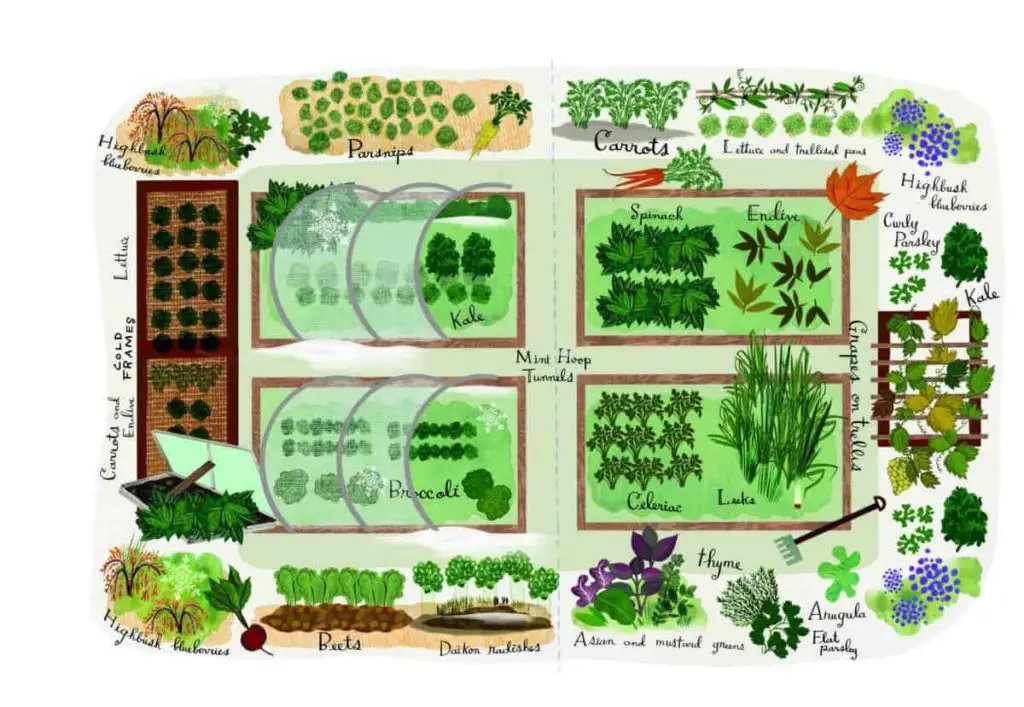

Viable for one year in storage: beans, broccoli, carrots, corn, most herbs, leeks, lettuce, okra, pea, peppers, spinach. Under average storage conditions, simply in a cool dry place, kept away from moisture, you can assume the storage life of many common vegetable seeds as follows: Lots of factors weigh in on seed viability in storage, from storage conditions to the species or variety in question. However, I always have to wonder which ones are still good?

Partially because they can be useful and partially because they are a nice record of what varieties were planted in years past. I tend to have quite a few hanging around because I just can’t stand to throw away seeds. Once I have penciled in my rotation for the year, all those seed packets from last year, or even years before, come to mind. At the very least, a simple rotation can go a long way, even if it’s only a one or two-year cycle.

As with most things in gardening, it just never seems to work out perfectly. Planning a perfect rotation can sometimes seem difficult to orchestrate, especially if you don’t regularly plant all the families listed above or you have a smaller garden space. If you use cover crops in your garden rotation, you can add one more category to the list. Vegetables can be grouped into several families as follows: Alliums (onion family), Solanaceous (tomatoes, peppers, eggplant, potatoes), Cucurbits (squash, cucumbers, melons), Brassicas (kale, cabbage, broccoli, Brussels sprout), root crops (carrots, beets) and Legumes (beans, peas). In general, you should plan for a 3-year rotation, meaning that the same vegetable (or another vegetable from the same family) will not be grown in the same location more often than once every three years. In addition, it can improve soil health since each plant’s nutrient demands may differ, and rotating crops helps to minimize the chance that one particular soil constituent will be depleted. Crop rotation is an incredibly important concept and my plantings from last year will dictate some of what needs to happen this year.īy rotating groups of crops from season to season, you can avoid some pest and disease issues by disrupting lifecycles. When considering plans for the coming growing season, one of the first things I think of is my garden from last year. Before we know it, spring may be upon us, although Punxsutawney Phil may disagree!
#Vegetable garden layout Patch#
Take some time now to plan your vegetable patch for the year so you can have a season of leafy greens and ripe red tomatoes.ĭespite all the excitement, it can sometimes be overwhelming when trying to figure out where to start planning. Before you know it, the vegetable gardening season will be upon us.


 0 kommentar(er)
0 kommentar(er)
